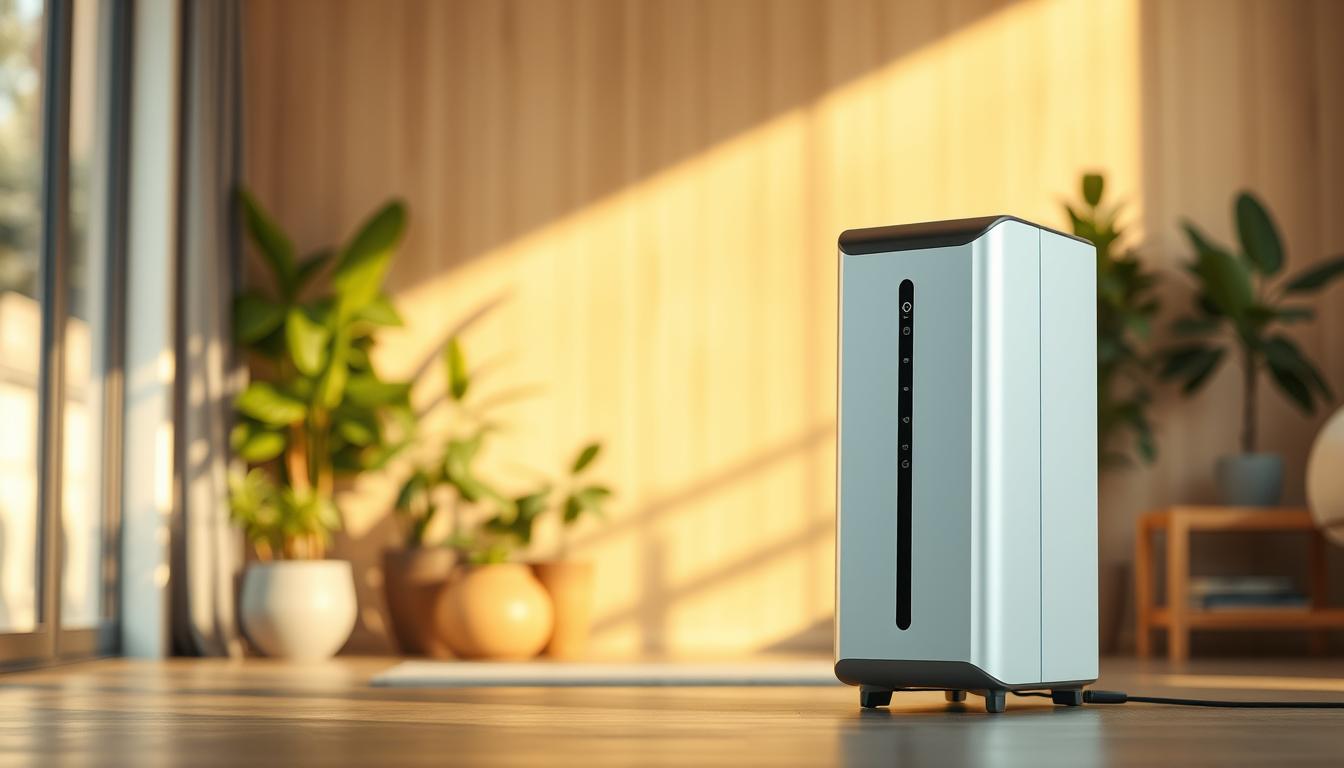Are you concerned about the quality of the air you breathe indoors? With the increasing levels of allergens and pollutants in our homes, it’s no wonder that many people are turning to air purifiers to improve their indoor air quality. One type of air purifier that has been gaining popularity in recent years is the negative ion generator.
Negative ion generators work by releasing negatively charged ions into the air, which attach to positively charged particles like dust, pollen, and smoke. This causes the particles to become heavy and fall out of the air, effectively cleaning it. Not only can negative ion generators help remove allergens and pollutants from the air, but they may also provide health benefits like reduced stress and improved mood.
In this article, we’ll take a closer look at how negative ion generators work and the potential benefits they offer for clean air and overall health. We’ll also explore some key features to look for when choosing a negative ion generator and share our top picks for the best models on the market. Whether you’re looking to breathe easier, sleep better, or simply enjoy a fresher indoor environment, a negative ion generator may be just the solution you need.
Understanding Negative Ion Generators and Their Benefits
Negative ion generators are innovative devices designed to improve indoor air quality and promote overall well-being. By releasing negative ions into the air, these devices work to neutralize harmful airborne particles, allergens, and pollutants, creating a cleaner and healthier living environment.
How Negative Ion Generators Work
Negative ion generators emit negatively charged ions that attach themselves to positively charged particles in the air, such as dust, pollen, smoke, and other allergens. This process causes the particles to become heavier and fall to the ground, effectively removing them from the air you breathe. By reducing the concentration of airborne particles, negative ion generators contribute to improved air purification and respiratory health.
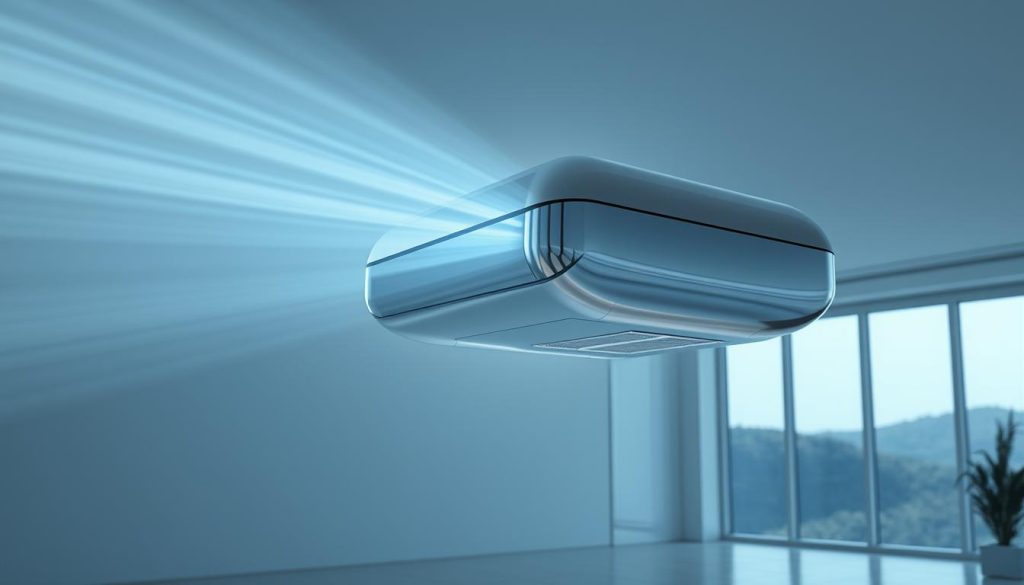
The Health Benefits of Negative Ions
Exposure to negative ions has been linked to several potential health benefits. Studies suggest that negative ions can help alleviate symptoms of depression, reduce stress levels, and improve overall mood. Additionally, negative ions may promote better sleep quality by regulating the production of serotonin, a hormone that plays a crucial role in sleep regulation.
Negative ions have also been shown to enhance respiratory health by reducing inflammation in the airways and improving lung function. This can be particularly beneficial for individuals with asthma, allergies, or other respiratory conditions.
Negative Ions and Indoor Air Quality
Indoor air pollution is a growing concern, as many modern homes and offices are tightly sealed, trapping pollutants inside. Negative ion generators can play a significant role in improving indoor air quality by neutralizing airborne particles and allergens, such as dust mites, pet dander, and mold spores.
By incorporating a negative ion generator into your home or workspace, you can create a cleaner and healthier environment, reducing your exposure to harmful particles and promoting overall well-being. Negative ion generators are an effective complement to other air purification methods, such as HEPA filters and air purifiers, in the quest for cleaner, more breathable air.
Key Features to Look for in a Negative Ion Generator
When shopping for a negative ion generator, it’s essential to consider several key features to ensure you choose the best device for your needs. These features directly impact the effectiveness and efficiency of the unit in purifying your indoor air.
Ion Output and Coverage Area
The ion output, measured in ions per second, determines the generator’s ability to produce negative ions. A higher ion output typically results in more effective air purification. Additionally, consider the coverage area the device is designed for, ensuring it matches the size of the room or space you intend to use it in.
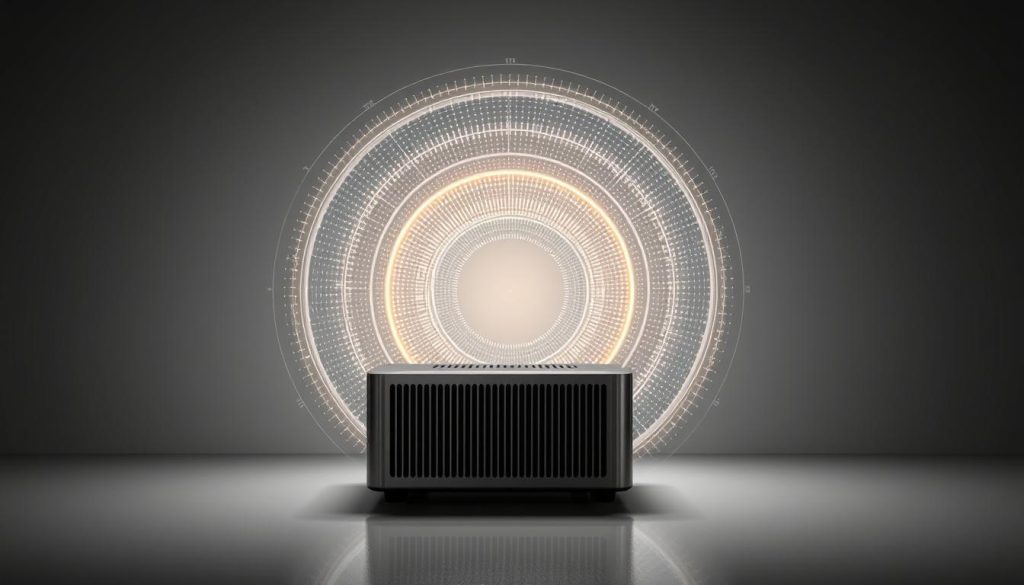
Filtration System and Maintenance
Many negative ion generators come equipped with filtration systems, such as HEPA filters, to capture particles and allergens. HEPA filters can trap 99.97% of particles as small as 0.3 microns, enhancing the overall air purification process. When choosing a device, consider the type of filtration system and the maintenance required, such as regular filter replacements, to keep the unit functioning optimally.
Noise Level and Energy Efficiency
Noise level is another important factor to consider, especially if you plan to use the negative ion generator in bedrooms or quiet spaces. Look for devices with low noise levels, often measured in decibels (dB), to minimize disturbance. Additionally, consider the energy efficiency of the unit, as this can impact your electricity bills over time. Energy-efficient models can help you save money while still effectively purifying your air.
By carefully evaluating these key features – ion output, coverage area, filtration system, noise level, and energy efficiency – you can select a negative ion generator that best suits your needs and provides optimal indoor air quality for your home or office.
Best Negative Ion Generator: Our Top Picks
When searching for the best air purifiers, it’s essential to consider top negative ion generators that effectively clean the air in your home. We’ve conducted thorough product reviews and comparisons to bring you our top picks for the best negative ion generators on the market.
Our selection is based on factors such as ion output, coverage area, filtration system, noise level, and overall value for money. These top-performing negative ion generators have received high ratings from customers and experts alike, making them excellent choices for improving your indoor air quality.
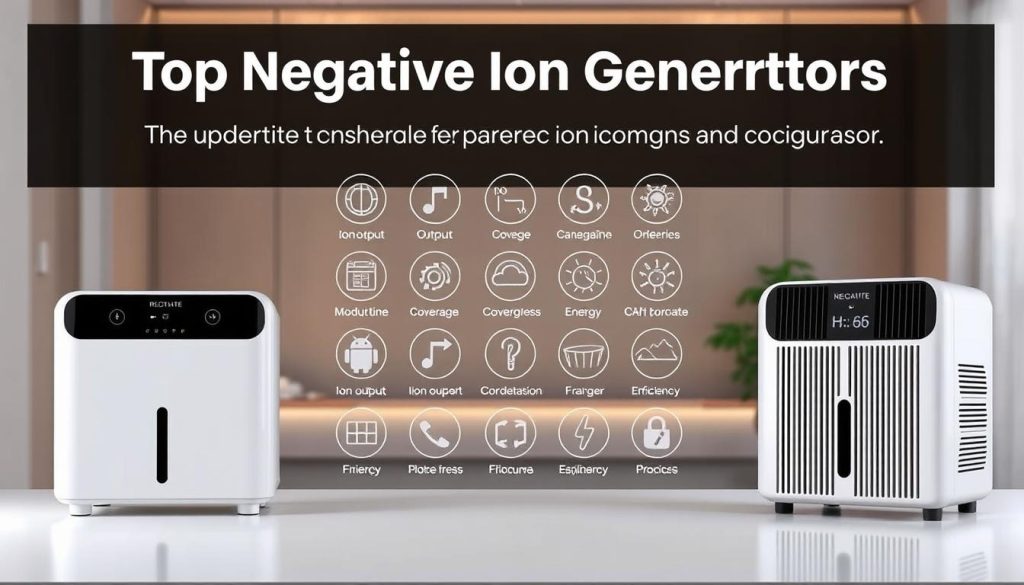
| Product | Ion Output | Coverage Area | Filtration System | Noise Level |
|---|---|---|---|---|
| Negative Ion Generator A | 10 million ions/cm³ | 500 sq. ft. | HEPA filter | 20 dB |
| Negative Ion Generator B | 8 million ions/cm³ | 400 sq. ft. | Activated carbon filter | 25 dB |
| Negative Ion Generator C | 12 million ions/cm³ | 600 sq. ft. | HEPA + activated carbon | 18 dB |
By choosing one of these top negative ion generators, you can rest assured that you’re investing in a high-quality air purifier that will effectively remove pollutants, allergens, and odors from your indoor environment. Take the time to compare the features and benefits of each product to find the best fit for your specific needs and budget.
Incorporating a Negative Ion Generator in Your Home
To maximize the benefits of your negative ion generator, it’s important to consider its placement and how it integrates with other air purification methods in your home. By strategically positioning your device and combining it with complementary techniques, you can create a healthier and more comfortable living environment.
Placement Tips for Optimal Performance
When deciding where to place your negative ion generator, keep these tips in mind:
- Position the device in high-traffic areas or rooms where you spend the most time, such as your bedroom, living room, or home office.
- Ensure the generator is not obstructed by furniture or curtains, as this can hinder its effectiveness.
- Place the device at least 3 feet above the floor to allow for optimal ion dispersion.
- Consider placing multiple units throughout your home for comprehensive coverage, especially in larger spaces.
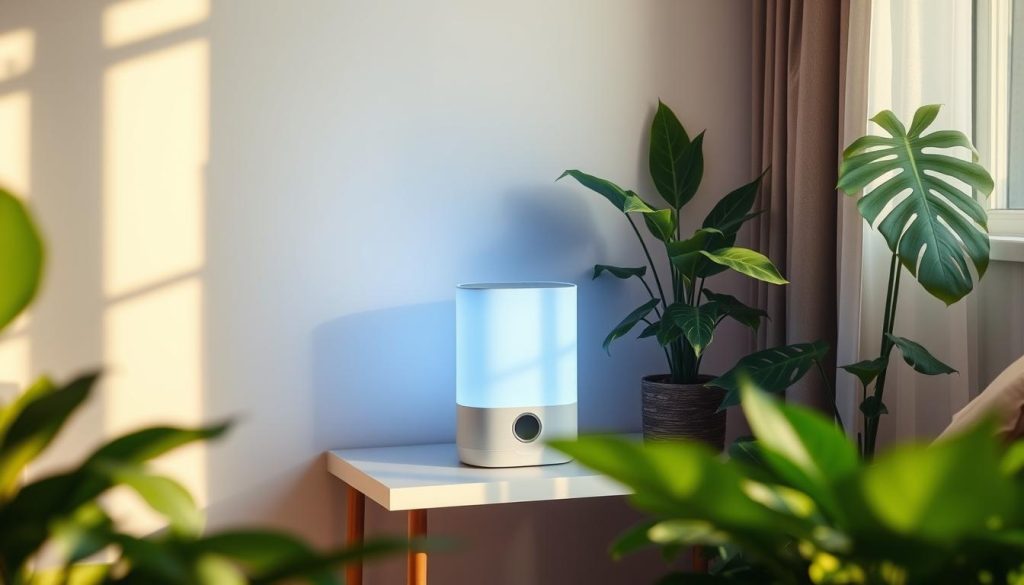
Combining with Other Air Purification Methods
While negative ion generators are highly effective on their own, combining them with other air purification methods can further enhance your home’s air quality. Consider the following options:
- Indoor plants: Certain houseplants, such as spider plants, peace lilies, and snake plants, are known for their air-purifying properties. Placing these plants throughout your home can help remove toxins and improve air quality.
- Proper ventilation: Regularly opening windows and doors, especially when weather permits, can help circulate fresh air and reduce the concentration of indoor pollutants. This is particularly important in kitchens and bathrooms, where moisture and odors can accumulate.
- Air purifiers with HEPA filters: Combining a negative ion generator with a high-quality air purifier equipped with a HEPA filter can provide a comprehensive air purification solution. HEPA filters excel at capturing particulate matter, while negative ions target airborne pollutants and odors.
By implementing these negative ion generator placement tips and combining the device with other air purification methods like indoor plants and proper ventilation, you can create a healthier and more inviting home environment for you and your family.
Frequently Asked Questions about Negative Ion Generators
When considering a negative ion generator for your home, it’s natural to have questions about safety concerns, effectiveness, and maintenance tips. Rest assured that negative ion generators are generally safe to use and can provide numerous health benefits when used correctly. These devices work by releasing negative ions into the air, which attach to pollutants and allergens, causing them to fall to the ground for easy cleaning.
To maintain optimal performance, it’s essential to follow the manufacturer’s guidelines for cleaning and replacing filters. Most negative ion generators require minimal maintenance, but regular cleaning can help extend the life of your device. If you encounter any issues or need troubleshooting advice, consult the user manual or reach out to the manufacturer’s customer support team for assistance.
When positioning your negative ion generator, place it in a central location with good air circulation for maximum coverage. Avoid placing it near walls or furniture that may obstruct airflow. By incorporating a negative ion generator into your home and following these simple maintenance tips, you can enjoy cleaner, healthier air and breathe easier knowing you’ve made a smart investment in your well-being.

